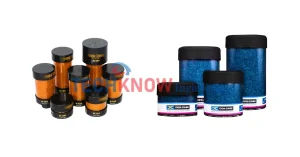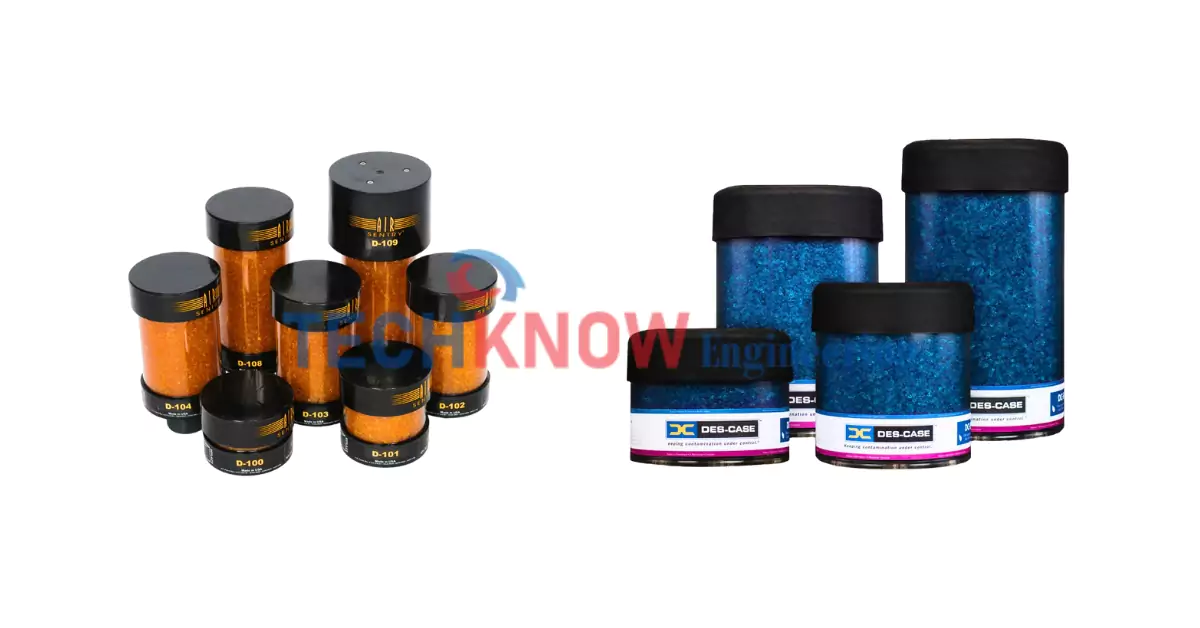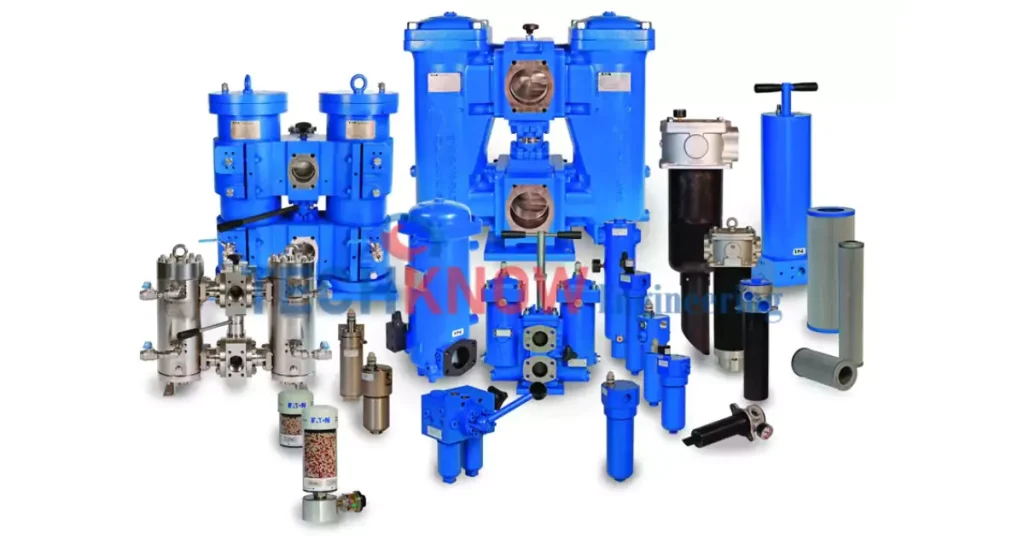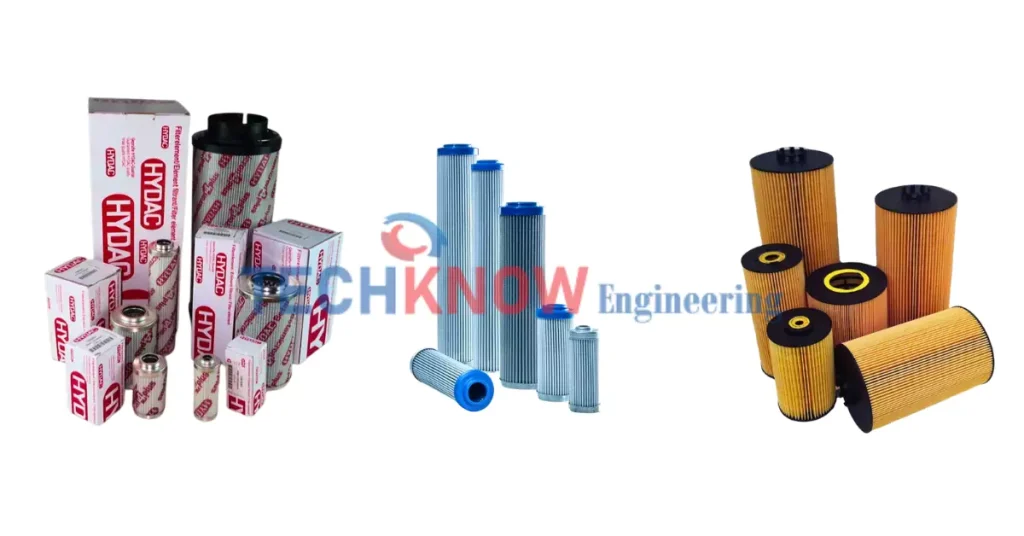What is a Desiccant Filters? Everything You Need to Know
Moisture and airborne particles might be invisible to the naked eye, but their impact on machinery can be catastrophic. Efficient operations in engineering, HVAC systems, and manufacturing often hinge on a critical component that many overlook—desiccant filters. These innovative tools are not just about clean air; they protect your equipment from internal damage, reduce costly downtime, and extend machinery life.
Want to understand how Desiccant Filters air, their applications, and why they are a must-have? Read on as we explore everything you need to know about desiccant filters and how they safeguard your systems against contaminants.
What Are Desiccant Filters?
When machinery or equipment breathes, it pulls in air. Unfortunately, this air carries water vapor and particles that can lead to oxidation or contamination. A desiccant filter is a device designed to prevent this by filtering and drying the air before it enters the system.
By replacing standard dust caps or breather caps on equipment, these filters offer superior filtration and moisture absorption. Designed to handle even the finest particulates, desiccant filters ensure the air interacting with your equipment is clean and dry, thus boosting performance and reliability.
How Do Desiccant Filters Work?
Desiccant filters air by combining advanced filtration and moisture absorption in one lightweight unit. Here’s a step-by-step breakdown of how they operate:
- Air Filtration
As air is inhaled by the system, it’s passed through a fine 2-micron absolute-rated filter. This removes solid particulates, ensuring that the air is properly cleaned.
- Moisture Absorption
The system then directs the filtered air through a drying agent (like silica gel). The drying agent efficiently captures moisture, leaving the air dry and suitable for machinery.
- Visual Indicators
Over time, as moisture is absorbed, the drying agent changes color, such as from orange to green or blue to pink. This visual cue lets you know when it’s time to replace the filter.
With features like polycarbonate casing and impact-resistant designs, some desiccant filters, such as inline desiccant filters, also include check-valve technology for optimal airflow and protection.
Types of Desiccant Filters
Understanding the different types of desiccant filters available can help engineers and professionals pick the most suitable one for their specific use case.
1. Inline Desiccant Filters
These compact filters are installed directly into the system’s air circuit, making them ideal for applications where space is limited. Often used in pneumatic systems, they remove both particulates and moisture efficiently.
2. Silica Gel-Based Desiccant Filters
Silica gel beads are among the most common drying agents in desiccant filters. Their ability to change color indicates wear, making them a user-friendly choice.
3. Rebuildable/Replaceable Desiccant Filters
For those who want to minimize waste, rebuildable filters allow users to replace just the silica gel and breather filter instead of the entire assembly. This option is both economical and environmentally friendly.
Applications of Desiccant Filters
Desiccant filters serve multiple industries and are essential for ensuring the uninterrupted operation of various systems.
1. Hydraulic Oil Reservoirs andGearboxes
When hydraulic reservoirs or gearboxes “breathe,” they pull in air that could contain water vapor and particulates. Desiccant filters reduce this risk, preventing fluid oxidation and potential damage to machinery.
2. HVAC Systems
Moist air within HVAC systems can lead to mold growth or decreased system efficiency. Desiccant filters ensure moisture-free air, enhancing cooling and ventilation performance.
3. Manufacturing Processes
High-precision manufacturing processes rely on clean, dry air to protect machinery and finished products. Desiccant filters are used in industries like automotive, electronics, and pharmaceuticals.
4. Pneumatic Circuits
Inline desiccant filters play a key role in pneumatic systems by maintaining dry, contaminant-free pressure lines, ensuring smooth equipment operation.
Benefits of Using Desiccant Filters
Implementing desiccant air filters offers numerous advantages, making them an invaluable component for any system that depends on clean air.
- Enhanced Equipment Protection
By filtering out moisture and particulates, desiccant filters increase the lifespan of machinery and prevent unplanned outages.
- Visible Water Removal
Visual indicators alert users when replacement is needed, ensuring the system continuously operates with clean air.
- Cost-Effective Solution
Rebuildable options and reduced maintenance costs help keep expenses in check without compromising efficiency.
- Improved System Cleanliness
Desiccant filters significantly improve the overall cleanliness of systems, especially when combined with robust particulate filtration.
- Minimal Equipment Downtime
Preventing fluid oxidation and contamination results in better equipment availability and fewer repair costs.
Maintenance and Care for Desiccant Filters
Proper maintenance of desiccant filters ensures they perform effectively and for an extended period. Here are a few tips for their upkeep:
- Monitor Visual Indicators
Pay close attention to drying agent color changes. Replace the filter as soon as the color shift occurs.
- Regular Inspections
Check the filter for any physical damage like cracks or leaks. Damaged filters should be replaced immediately.
- Replace Components as Needed
Rebuildable filters require periodic replacement of silica gel beads and spin-on breather filters.
- Store Correctly
Always store desiccant filters in dry, dust-free environments to prevent premature activation of the drying agent.
- Follow System Guidelines
Adhere to the manufacturer’s recommendations for maintenance intervals and replacement components.
Why Desiccant Filters are Game-Changing for Modern Engineering
Desiccant filters may seem like a small component, but their impact on equipment efficiency and durability is enormous. By ensuring clean, dry air in systems, they safeguard your operations, reduce downtime, and save costs in the long run.
Whether you’re an HVAC professional, manufacturing expert, or engineer, investing in high-quality desiccant air filters can transform the way your systems function. By pairing these with robust particulate filtration, you can achieve unparalleled system cleanliness and maximize equipment life span.
Need help choosing the right desiccant filter for your application? Our team at Techknow Engineering Enterprise is here to recommend the perfect solution tailored to your specific needs. Contact us today to learn more about our inline desiccant filters and other advanced filtration solutions.
Desiccant Filters

Protect your equipment from moisture contamination with Techknow Engineering Enterprise's Desiccant Filters. Designed to remove water vapor, dust, and airborne contaminants, these filters help extend the lifespan of hydraulic and pneumatic systems by preventing corrosion and component wear.
Product Brand: Techknow Engineering Enterprise
Product Currency: INR
Product In-Stock: InStock
5



